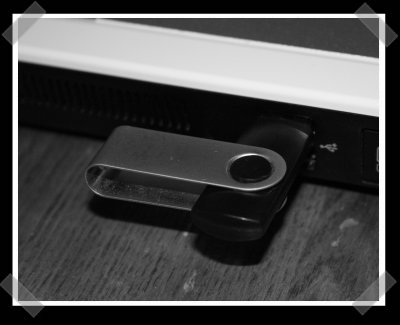
Inspired by some research done at princeton (looks like the original site is down), [Wesley] sent in his version of a bootable RAM dumping USB drive, complete with a how-to on rolling your own. He put together a utility that runs under syslinux to capture the data, installed it to a USB thumb drive and managed to create a device that will boot on a machine and copy the contents of the RAM before it’s overwritten by another utility.
Author: Will O'Brien805 Articles
DIY CD Changer
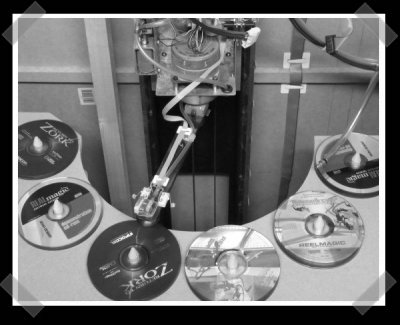
[nophead] put this creation down to its final resting place, but it still deserves some attention. A Motorola MC6809 ran the show while a stepper driven robotic arm tipped with a suction cup fetched the selected disc. [nophead] has an interesting blog covering his work on building a 3d prototyping machine. The goal is to use it to produce a reprap, but he does a nice job of covering design problems and his attempts to solve them.
9V Battery As A Project Case
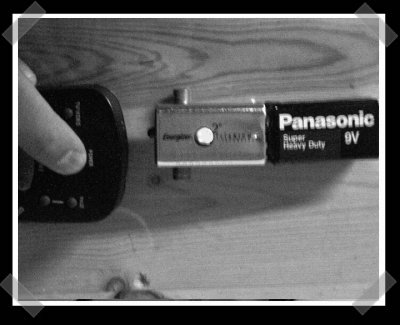
I stumbled on [Carlos]’ blog while I was hunting for Arduino ideas. This simple IR detector caught my eye – not for the project, but for the project case. He stuffed his IR detector inside an old 9V battery case. The TSA probably won’t like it, but it’s a fantastic idea for those smaller projects.
Urban Sound Experience
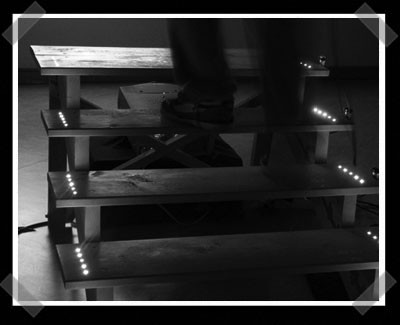
[Christiane] sent in a project prepared at the University of Applied Sciences in Würzburg/Germany. The idea is to experience urban sounds at various heights in a variety of cities. As feet are detected on a step, the experience changes to simulate an increase in altitude. A pair of surround sound headphones, some proximity sensors, an Arduino and instantaudio make everything work.
Simple Digital Camera Spectroscope
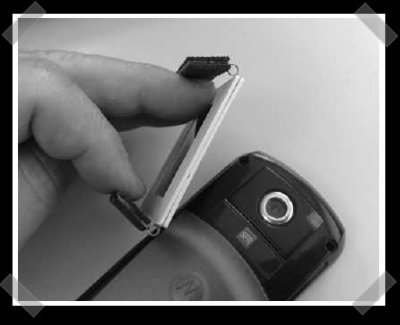
[JC Doré] sent in this [english] interesting optics hack. The rubber grips are made from an old mouse pad, the springs for the clip were salvaged from zip drive floppy discs. A pair of old photo slide frames sandwich a diffraction grating slide. (Like this one) This simple mod allows the slide to be mounted to most cell phones, turning them into digital spectrometers.
Add On-board Light Metering To Your Nikon D40
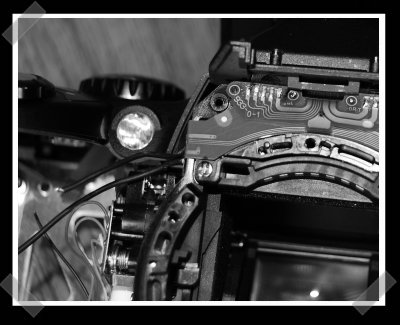
Nikon didn’t build a light metering chip into the D40. That’s fine if you’re using one of their auto lenses with the on-board chip. [Matt] decided to add a sensor to his camera and try it out with his manual lenses. His writeup is a bit challenging to get through, but if you’re really into Nikons, you’ll make it. He had to tap into the ribbon cable inside the body, mount the extra hardware, and add an additional switch outside the body to allow the chip to be turned on and off. The extra sensor adds a bit of a step to taking the shot, but it’s the sort of thing that’ll become second nature pretty quickly.
Lego NXT Cnc Mill
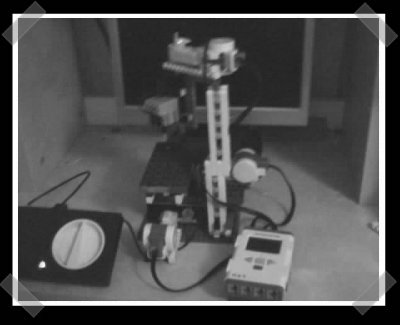
[btopley] built his own micro mill out of Lego NXT parts. The construction details are a bit light, but it looks like a great way to try things out without all the actual machine work.










